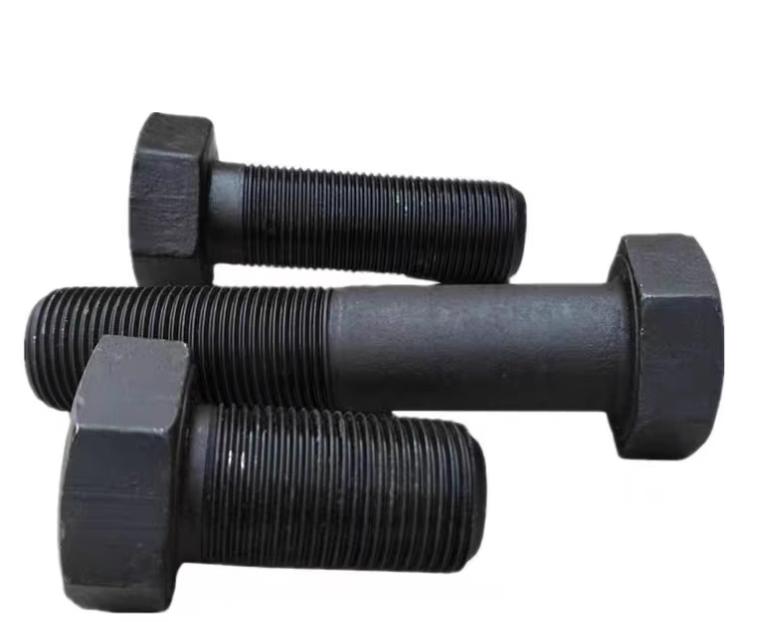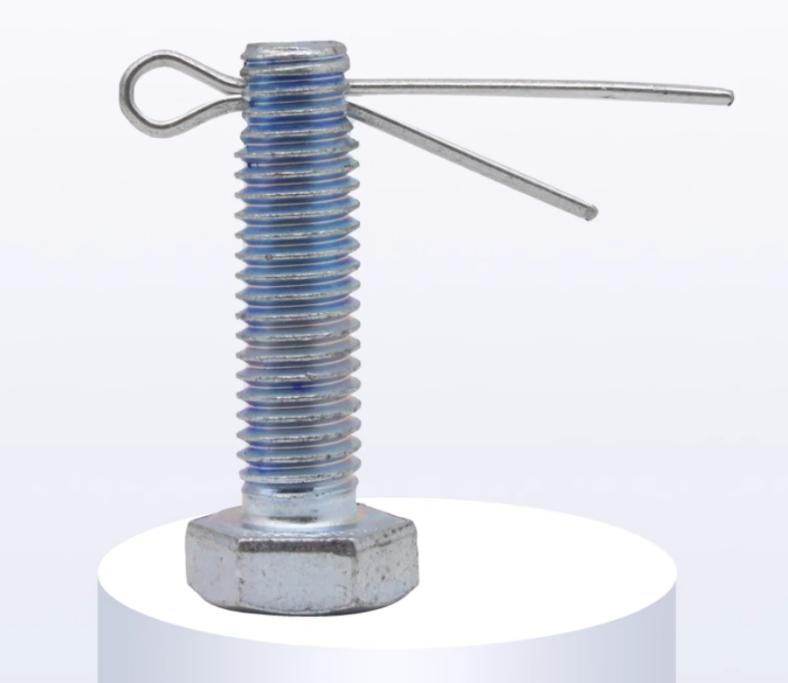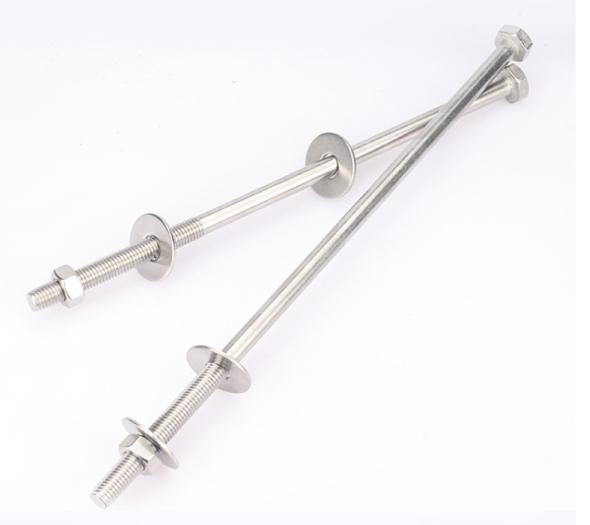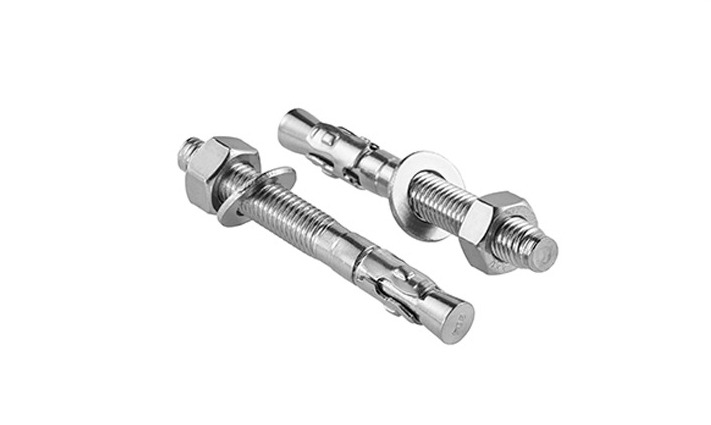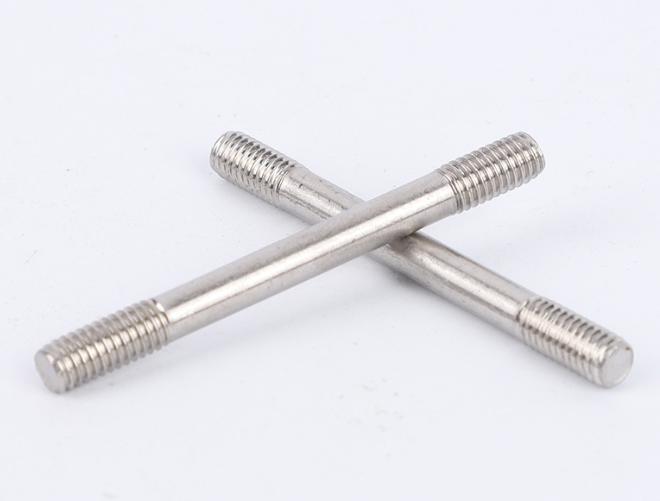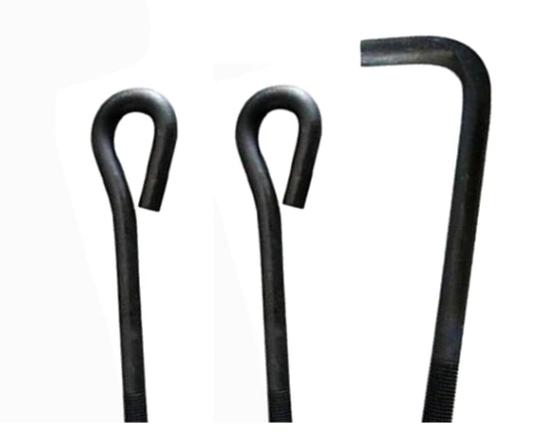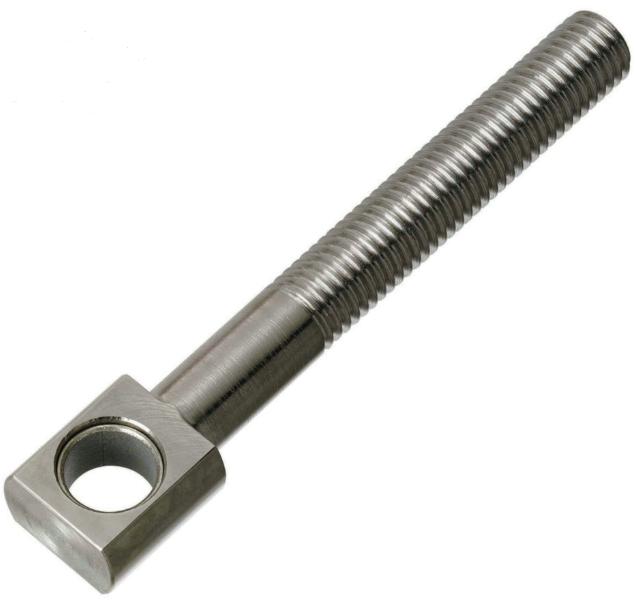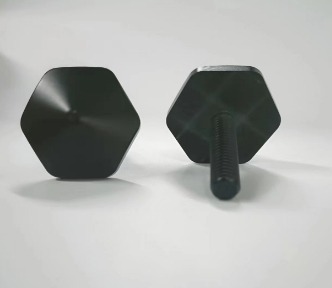How to Screw in An Eye Bolt
Eye bolts, as a powerful fastening tool, are the best choice for lifting, securing, and connecting objects. Whether you’re working on a DIY project at home or carrying out construction work on a job site, properly installing an eye bolt is a crucial step. So, how to screw in an eye bolt, just like a pro? Don’t worry! Next, we will unveil the mystery and guide you step by step towards a successful installation!
Table of Contents
What is an Eye Bolt?
An eye bolt is a type of fastener with a circular end, commonly used for securing ropes, chains, or other lifting equipment. Depending on the specific needs, eye bolts come in various types, including closed-eye and open-eye bolts. They can be used on wood, concrete, or metal surfaces and are primarily employed for lifting, tensioning, and securing tasks.
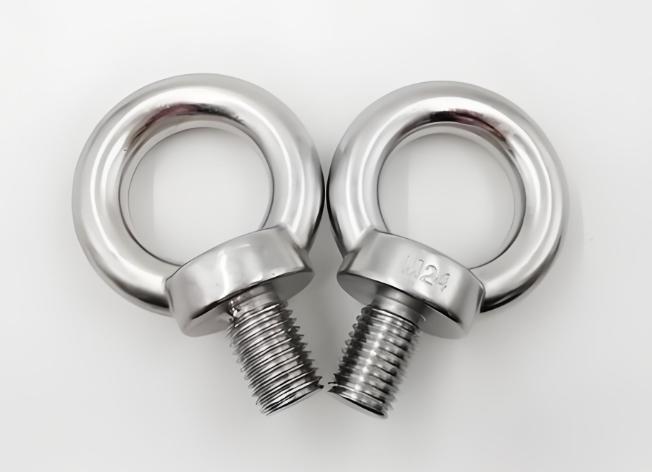
How to Choose the Right Eye Bolt?
Before installing an eye bolt, it is important to ensure that you choose the one that suits your needs. Different engineering environments may require eye bolts with different specifications, such as material, size, and load capacity. Generally, eye bolts are categorized into single-eye, double-eye, and specially designed multi-eye bolts, with each type serving a specific purpose.
Here are some factors that you can consider:
Load Capacity
Determine the weight and force that will be applied to the eye bolt. The eye bolt must have a load rating that exceeds the maximum expected load to ensure safe operation.
Eye Bolt Material
Eye bolts come in various materials, such as steel, stainless steel, and alloy steel. Choose a material that suits the environment and offers resistance to corrosion, especially in outdoor or marine settings.
Eye Bolt Size
Select an eye bolt that fits the diameter of the rope, chain, or cable you intend to use. The eye should be large enough to allow easy attachment and handling of the load.
Thread Type and Length
The thread of the eye bolt should match the surface or structure to which it will be fastened. Make sure the thread length is appropriate for the thickness of the material.
Type of Eye Bolt:
- Closed-Eye Bolts: Commonly used for lifting applications where the load will be evenly distributed.
- Open-Eye Bolts: Typically used for lighter applications or where the load may change direction.
- Swivel Eye Bolts: These allow rotation and are ideal for dynamic loads or when the load may shift directions.
Environmental Considerations
For use in harsh environments, such as marine or chemical exposure, choose eye bolts made from corrosion-resistant materials like stainless steel.
Safety Standards
Ensure that the eye bolt you select meets relevant safety standards and regulations for your application.
As a professional bolt manufacturer, KENENG eye bolts are made from high-quality materials that can withstand heavy loads and resist corrosion, making them suitable for various harsh working environments. Ensuring you choose the right eye bolt for your needs will significantly enhance the safety and durability of your installation.
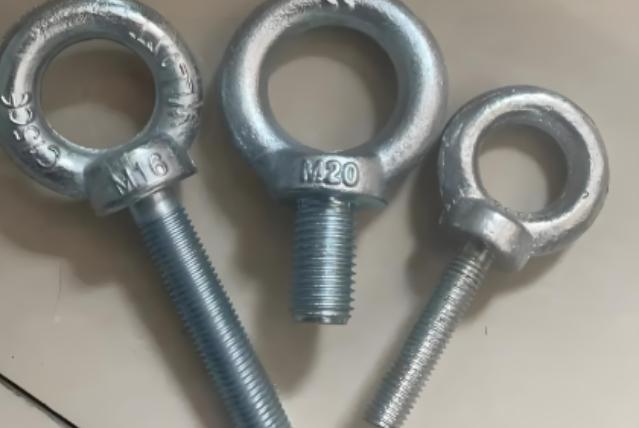
Step by Step Guide to Screw in An Eye Bolt
After choosing the right eye bolts, now move on to the step-by-step process of installing them. Let’s take a look at how to do it!
Step 1: Prepare the Necessary Tools
Before installing the eye bolt, ensure you have all the required tools ready:
- The appropriate eye bolt for your needs
- Electric drill (if pre-drilling is necessary)
- Wrench or socket tool
- Thread locker (optional)
- Safety gloves
Step 2: Choose the Right Installation Location
When installing the eye bolt, first choose a solid and safe location. Whether you are installing on wood, concrete, or metal surfaces, ensure the area can withstand the pull and weight required for the bolt. If the location is not secure, the eye bolt may loosen or fail.
Step 3: Pre-drill the Hole (If Necessary)
If you are installing the eye bolt into wood or concrete, you’ll typically need to drill a pilot hole first. The hole size should match the threaded portion of the eye bolt. Use a drill bit that suits the size of the bolt.
Step 4: Insert and Screw in the Eye Bolt
Align the eye bolt with the hole and begin screwing it in by hand. Once it’s tight, use a wrench or socket tool to further secure it, ensuring the eye bolt is fully screwed in and firmly fixed into the material.
Step 5: Use Thread Locker (Optional)
For added security, especially in high-stress environments, you can apply thread locker to the threads of the eye bolt. Thread locker helps prevent eye bolt from loosening due to vibration or other factors.
Step 6: Test the Eye Bolt
After installation, test the eye bolt’s stability with the appropriate force. Ensure it can withstand the intended weight and pull without any signs of loosening. If there are any issues, immediately reinforce them.
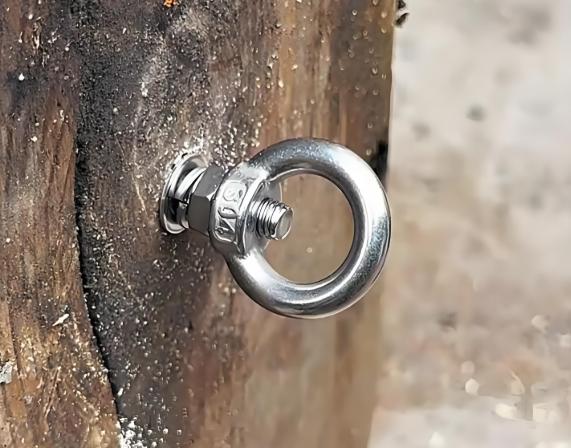
Safety Tips for Screwing Eye Bolts
Installing eye bolts safely is crucial to ensuring both the effectiveness of the installation and the safety of everyone involved. Here are some detailed and essential safety tips to be aware of:
Check the Weight Capacity
Make sure the eye bolt can handle the weight you plan to lift or secure. Exceeding the rated load capacity could cause the bolt to fail. Always choose a bolt with a capacity that matches or exceeds your requirements.
Ensure the Material is Secure
The surface you’re installing the eye bolt into should be solid and undamaged. Avoid installing into cracked wood, rusted metal, or brittle concrete, as these materials may not hold the bolt securely under load.
Use the Right Tools
Always use the proper tools to avoid accidents. A wrench or socket that fits the eye bolt correctly will help you tighten it securely without slipping or damaging the bolt. If drilling is needed, ensure the drill bit matches the size of the bolt’s threads.
Wear Safety Gear
Protect your hands with safety gloves and your eyes with goggles, especially when drilling. This will help you avoid injuries from sharp edges or flying debris.
Double-Check Tightness
After installation, ensure the eye bolt is tightly secured. A loose bolt can be dangerous, so make sure it’s properly tightened before use.
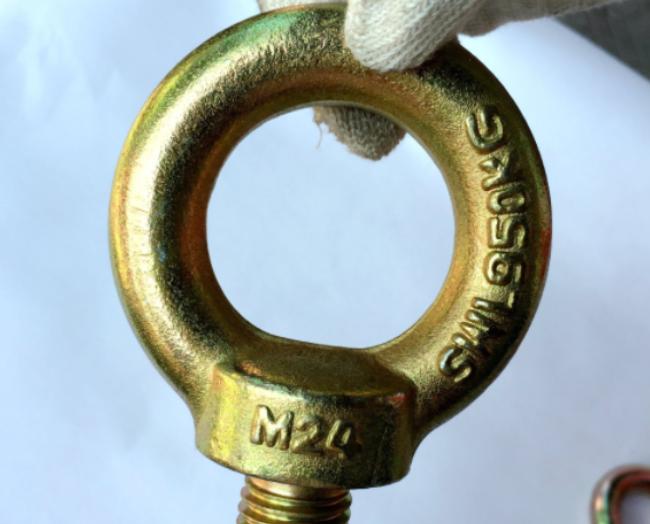
Final Words
Eye bolts play a crucial role as essential tools for connection and fastening in various lifting and engineering projects. Choosing and installing the right eye bolt not only enhances work efficiency but also ensures safety during the construction process. By following the installation steps outlined above and selecting high-quality eye bolts, you can avoid common installation issues.
If you’re looking for durable, high-quality eye bolts, KENENG offers a wide range of eye bolts in different specifications to meet your needs in various environments. Choose KENENG for a safer and more efficient project.
FAQs about Eye Bolt
Q1: Can I use an eye bolt for lifting heavy objects?
Yes, but make sure to choose the appropriate size and material of the eye bolt to withstand the weight of the load. Always follow the manufacturer’s weight capacity guidelines.
Q2: What materials are eye bolts made of?
Eye bolts are typically made of steel, stainless steel, or galvanized steel. Select the right material based on the application environment to ensure corrosion resistance and strength.
Q3: Can I install an eye bolt into concrete?
Yes, but you need to use a specialized concrete eye bolt and ensure it is properly secured. Typically, expansion bolts and chemical anchors are required for installation.
Q4. How much weight can an eye bolt hold?
The weight an eye bolt can hold depends on its size, material, and design. Generally, eye bolts are rated to support loads ranging from a few hundred pounds to several tons.

